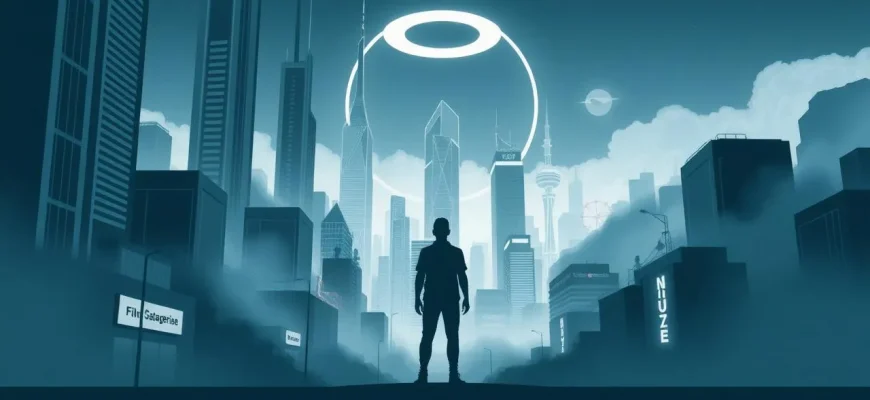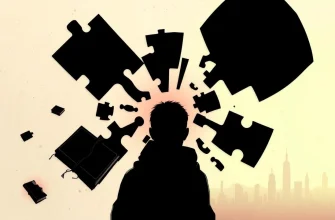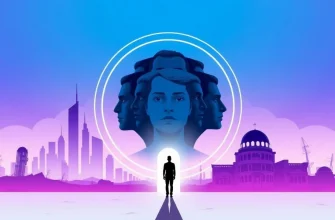Dive into the world of science fiction where reality blurs with illusion, and trust is a luxury. These films delve into the psyche, exploring themes of paranoia, surveillance, and the unknown. Whether it's the fear of being watched, the uncertainty of one's own reality, or the dread of an unseen enemy, these movies will leave you questioning everything.

The Manchurian Candidate (1962)
Description: This Cold War thriller about brainwashed soldiers and political manipulation delves deep into the paranoia of mind control and political conspiracy.
Fact: The film was withdrawn from circulation after the assassination of JFK due to its similarities to real events. It was re-released in
 Watch Now
Watch Now 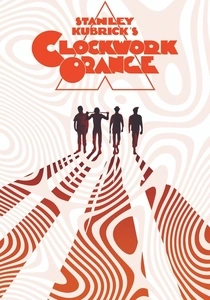
A Clockwork Orange (1971)
Description: Stanley Kubrick's adaptation of Anthony Burgess's novel delves into the mind of Alex, a violent youth who is subjected to a form of psychological conditioning that turns him into a paranoid, helpless victim of his own past actions.
Fact: The film was banned in several countries due to its graphic violence. Kubrick himself withdrew the film from UK cinemas in 1973 after threats were made against his family.
 Watch Now
Watch Now 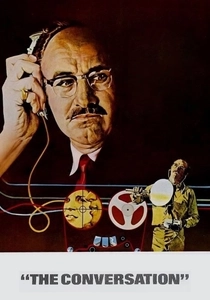
The Conversation (1974)
Description: Gene Hackman plays a surveillance expert who becomes increasingly paranoid as he suspects his latest recording might lead to murder, blurring the lines between observer and observed.
Fact: The film was inspired by Michelangelo Antonioni's "Blowup" and the Watergate scandal. It was nominated for three Academy Awards, including Best Picture.
 Watch Now
Watch Now 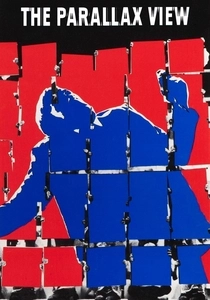
The Parallax View (1974)
Description: A journalist uncovers a sinister conspiracy involving a mysterious corporation, leading to a chilling exploration of paranoia and political intrigue.
Fact: The film was inspired by the real-life assassinations of the 1960s, particularly the JFK assassination. Warren Beatty was originally set to star but backed out due to creative differences.
 Watch Now
Watch Now 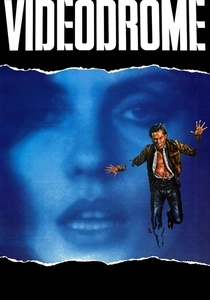
Videodrome (1983)
Description: David Cronenberg's exploration of media's influence on the mind, where a TV executive becomes paranoid as he discovers a signal that induces hallucinations and violence.
Fact: The film's concept was inspired by Marshall McLuhan's theories on media. It was one of the first films to use the term "new flesh" to describe the merging of human and technology.
 Watch Now
Watch Now 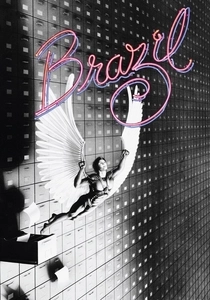
Brazil (1985)
Description: Terry Gilliam's dystopian vision of a bureaucratic nightmare where one man's quest for love leads him into a paranoid spiral against a totalitarian regime.
Fact: The film was initially cut by Universal Studios, leading Gilliam to sneak in his preferred version for a screening at the Cannes Film Festival, where it won the jury prize.
 Watch Now
Watch Now 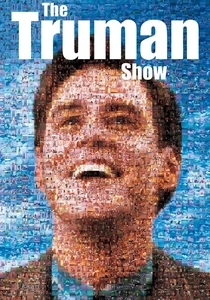
The Truman Show (1998)
Description: Truman Burbank's life is a non-stop TV show, and his growing suspicion that his world isn't real leads to a profound exploration of paranoia and the desire for freedom.
Fact: The film was inspired by a 1989 French short film, "The Secret Cinema." Jim Carrey's performance was critically acclaimed, marking a shift from his usual comedic roles.
 Watch Now
Watch Now 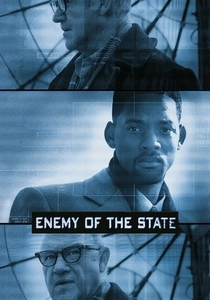
Enemy of the State (1998)
Description: A lawyer becomes the target of a massive surveillance operation, leading to a high-stakes game of cat and mouse where paranoia is the only sane response.
Fact: The film was influenced by real-life concerns about government surveillance, particularly the Echelon program. Will Smith's character was originally written for Sean Connery.
 Watch Now
Watch Now 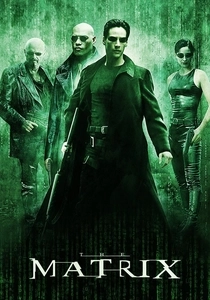
The Matrix (1999)
Description: This film explores the ultimate form of paranoia: the fear that our entire reality is a simulation controlled by machines. Neo's journey to uncover the truth about his world is a classic tale of questioning reality.
Fact: The Wachowskis wrote the first draft of the script in 1994, and it took five years to get the film made. The red pill/blue pill choice has become a cultural reference for making a significant decision.
 Watch Now
Watch Now 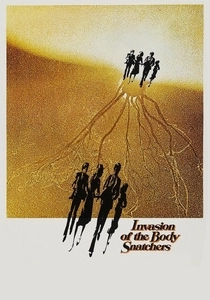
Invasion of the Body Snatchers (1978)
Description: This remake of the 1956 classic heightens the paranoia with its portrayal of alien pods replacing humans, creating a society where no one can be trusted.
Fact: The film's ending was changed from the original to be more ambiguous, reflecting the era's distrust in authority. Donald Sutherland improvised his famous scream at the end.
 30 Days Free
30 Days Free 
